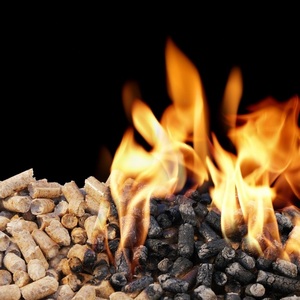Report highlights benefits of coal-to-biomass conversions




June 13, 2014
BY Erin Krueger
Advertisement
Advertisement
Related Stories
Editor's note from Biomass Magazine, Issue 4.
Drax and NGIS launch new partnership to map carbon stocks of Drax’s North American biomass sourcing areas
Drax, the renewable energy business, is partnering with NGIS, a global leader in geospatial technology, to model and monitor the carbon stocks of the U.S. and Canadian forests that Drax sources its sustainable biomass from.
Japan-based Renova Inc. on Sept. 30 announced its 49.9 megawatt (MW) Karatsu Biomass Power Plant commenced operations on Sept. 27. The facility is fueled with wood pellets and palm kernel shells (PKS).
The recently completed installation of a pellet mill and innovative drying system is empowering Georgian family-owned lumber company Conner Holdings to expand its potential.
Blending biomass with coal isn’t technically possible—it’s a craft.





